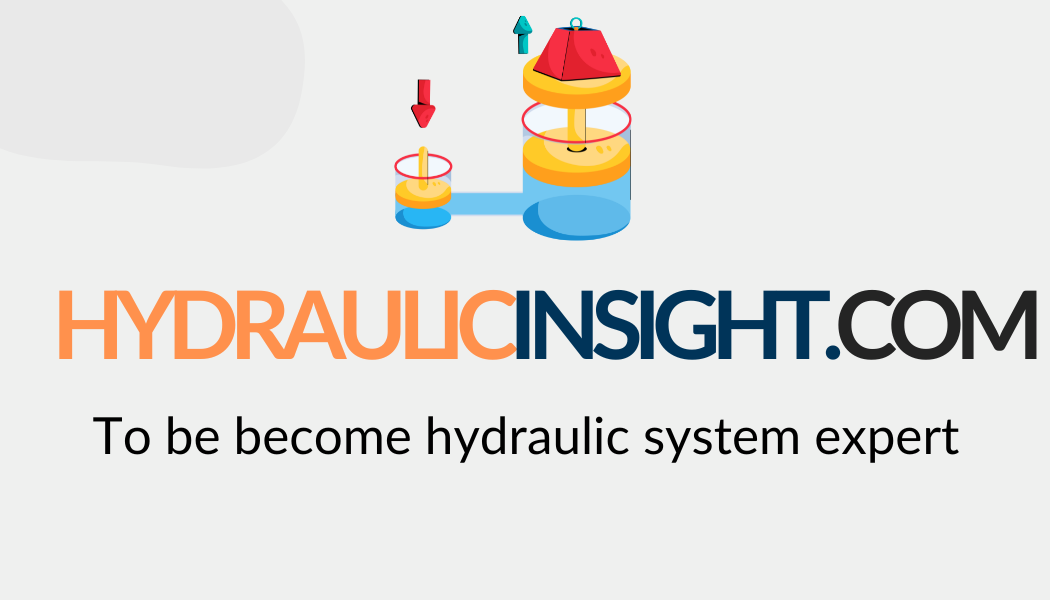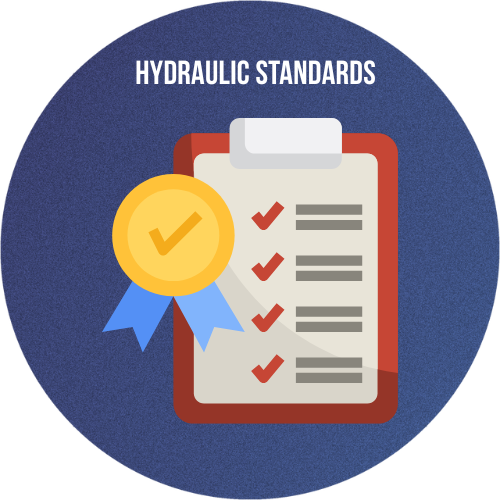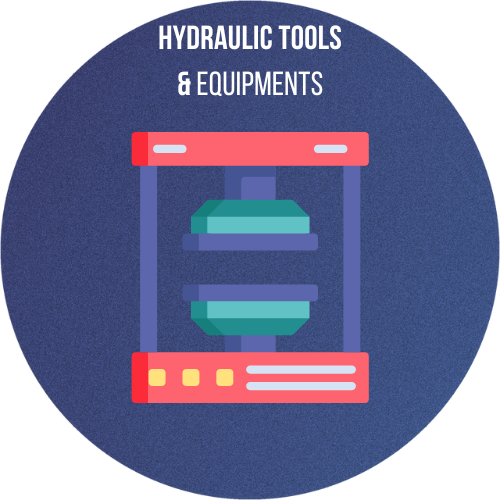🏗️ Applications of Hydraulic Fittings
Hydraulic fittings are found in virtually every industry that relies on fluid power to operate machinery, control motion, or perform high-force tasks. Their ability to securely connect hoses, tubes, and components under high pressure makes them essential in countless real-world applications.
Let’s explore some of the major industries and applications where hydraulic fittings play a vital role.
1. Construction and Earthmoving Equipment
Heavy machinery such as excavators, bulldozers, loaders, and cranes depend heavily on hydraulic systems—and by extension, hydraulic fittings—for movement and control.
-
Functions:
-
Actuator control (arms, buckets, blades)
-
Power steering and braking
-
Stabilizer systems
-
Fittings used:
Construction sites are harsh environments, so rugged fittings with corrosion-resistant coatings are preferred.
2. Agricultural Machinery
Hydraulics in agriculture help automate and power equipment like tractors, harvesters, and sprayers.
-
Functions:
-
Fittings used:
Downtime in agriculture can be costly, so ease of maintenance and quick replacement are critical.
3. Manufacturing and Automation
In factories and processing plants, hydraulic fittings are used in systems that require precise motion, pressing, or lifting capabilities.
-
Functions:
-
Press machines
-
Robotic arms
-
Conveyor lifts and jacks
-
Fittings used:
These applications require fittings that minimize leaks and allow compact installation in complex systems.
4. Aerospace and Aviation
Hydraulic systems in aircraft are critical for safe and reliable operation. Fittings in this sector must meet stringent safety and material standards.
-
Functions:
-
Fittings used:
Aerospace hydraulic fittings must be lightweight, vibration-resistant, and certified to aviation standards like AS9100.
5. Oil and Gas Industry
Onshore and offshore oil drilling rigs, refineries, and petrochemical plants use hydraulics for high-force tasks in extremely hazardous environments.
-
Functions:
-
Fittings used:
In these applications, hydraulic fittings must resist corrosion, fire, and pressure extremes.
6. Marine and Shipbuilding
Ships and marine vessels use hydraulic systems in steering, winches, and stabilizing mechanisms.
-
Functions:
-
Bow thrusters
-
Mooring winches
-
Crane systems
-
Fittings used:
Corrosion resistance is the top priority in marine applications.
7. Mining and Tunneling Equipment
Hydraulics power many underground and surface mining tools that require robust and durable connections.
-
Functions:
-
Drilling machines
-
Rock breakers
-
Haul trucks and loaders
-
Fittings used:
Mining environments demand the most durable hydraulic fittings, capable of withstanding shock, dirt, and vibration.
8. Renewable Energy Systems
Hydraulics are increasingly used in wind turbines and solar panel tracking systems.
-
Functions:
-
Blade pitch control
-
Solar array movement
-
Fittings used:
-
Compact, corrosion-resistant stainless steel fittings
-
Metric and ISO fittings for international compatibility
These systems require fittings with long life cycles and minimal maintenance.
9. Municipal Equipment and Utilities
Hydraulic power is used in waste collection vehicles, fire trucks, and utility lifts.
-
Functions:
-
Lifting mechanisms
-
Power steering
-
Stabilizer deployment
-
Fittings used:
Municipal equipment needs durable hydraulic fittings with fast maintenance features.



 HYDRAULIC BASICS
HYDRAULIC BASICS  HYDRAULIC COMPONENTS
HYDRAULIC COMPONENTS  HYDRAULIC SYSTEM
HYDRAULIC SYSTEM  HYDRAULIC SYMBOLS
HYDRAULIC SYMBOLS  HYDRAULIC STANDARDS
HYDRAULIC STANDARDS  HYDRAULIC CALCULATORS
HYDRAULIC CALCULATORS  HYDRAULIC TOOLS
HYDRAULIC TOOLS  BUYER’S GUIDES
BUYER’S GUIDES 






